Home // Our Services
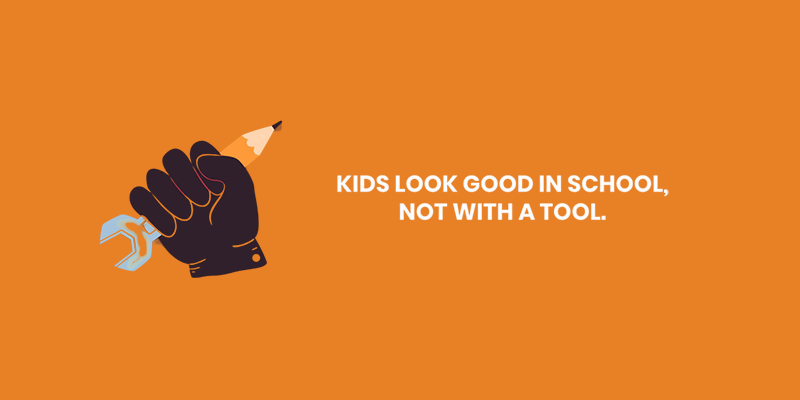
The International Labour Organisation defines child labour as any work that deprives children of their childhood, their potential, their dignity and one that is harmful to the physical and mental development of the child. In India, a "Child" as defined by the Child Labour (Prohibition and Regulation) Amendment Act of 2016 as a person who has not completed 14 years of age.India sadly is home to the largest number of child labourers in the world. The conditions in which children work are completely unregulated and they are often made to work without food, with very low wages, resembling slavery. There are cases of physical, sexual and emotional abuse of child domestic workers.
Physical abuse means violence against children. It is any way of intentionally causing physical harm to a child such as slapping, hitting with an object, punching, kicking, shaking, throwing, biting and burning or scalding. Physical abuse is also when a child is neglected, meaning the caregivers don’t provide for basic needs of the child, like food or safety. It can also include poisoning or attempting to drown a child and causing a child to become unwell.

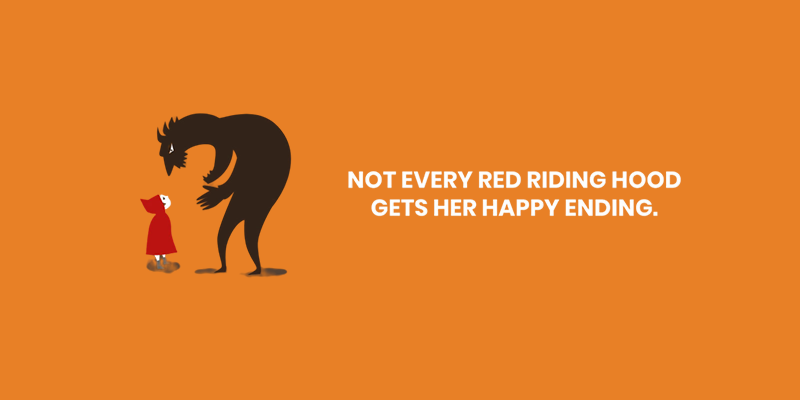
The World Health Organisation has defined child sexual abuse as the involvement of a child in sexual activity as he or she does not fully comprehend, is unable to give informed consent to, or for which the child is not developmentally prepared and cannot give consent, or that violates the laws or social taboos of society. It includes different sexual activities like fondling, inviting a child to touch or be touched sexually, intercourse, exhibitionism, involving a child in prostitution or pornography, or online child luring by cyber-predators.
According to UNICEF a child victim of trafficking is any person under 18 who is recruited, transported, transferred, harboured or received for the purpose of exploitation, either within or outside a country. Female children are trafficked for marriage, sex-work, criminal activity, adoption and organ trade whereas male children are trafficked mainly for labour and exploited as beggars. Sometimes, trafficked children are also recruited into armed groups or for criminal activity./p>

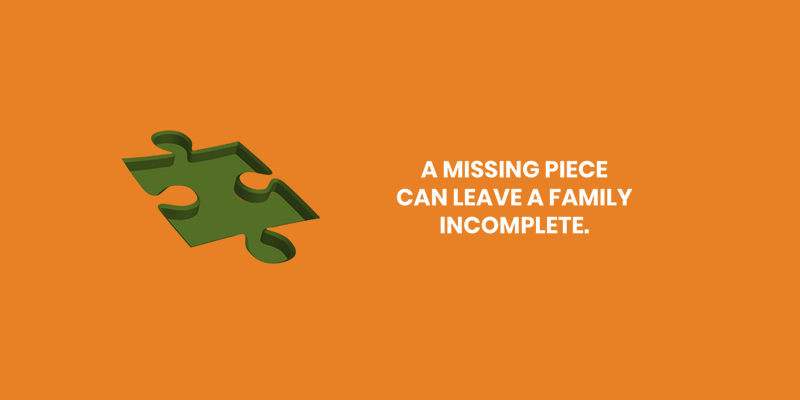
Countless number of children go missing every year. The category of missing children include a number of possible reasons such as abduction or kidnapping of children by family members and by non-family members, run-away children or those forced to run away by family and surrounding circumstances, children who are in a difficult or aggressive environment, trafficked children or lost children.
There are many reason that children runaway from their homes or from their caregivers. It could be to find work, parental neglect or dysfunctional families ,escape ill treatment at home or simply follow the lights of the city with its promises of a better life. Many of them land on the country’s railway platforms, where they beg, steal or do menial jobs, such as sweeping trains, to survive.
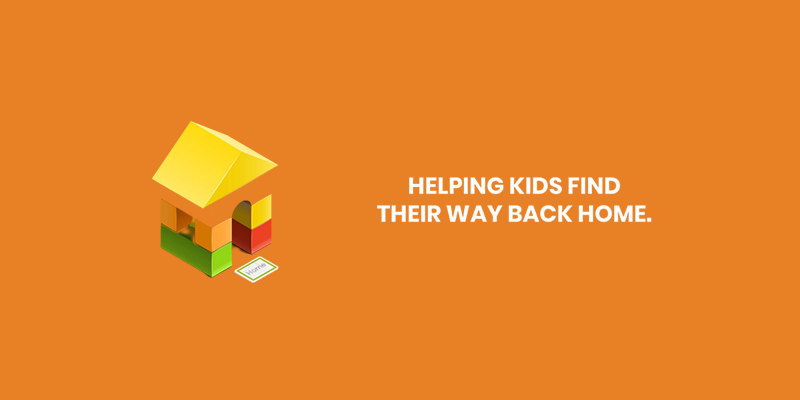
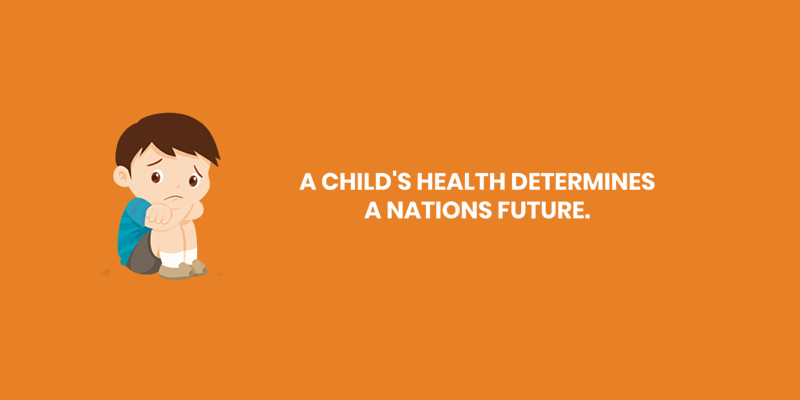
Children deprived of proper health and hygine,lack of proper and nutritious food, anemia, improper growth
The incidence of drug abuse among children and adolescents is higher than the general population. Heroin, Opium, Alcohol, Cannabis and Propoxyphene are the five most common drugs being abused by children in India. Children affected by substance abuse are considered as children in need of care and protection under the Juvenile Justice Act, 2015.
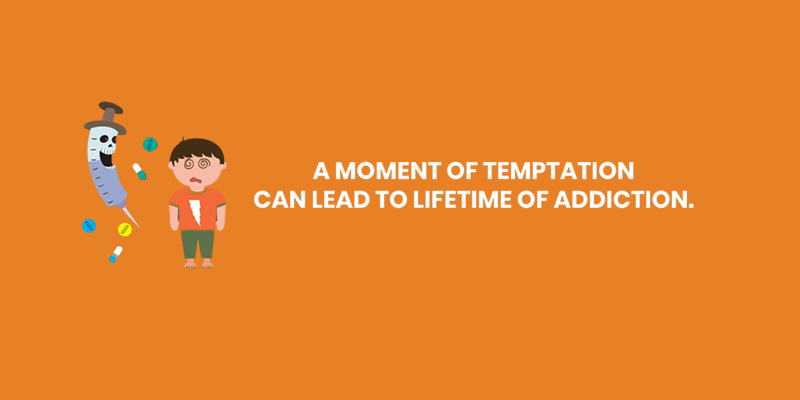
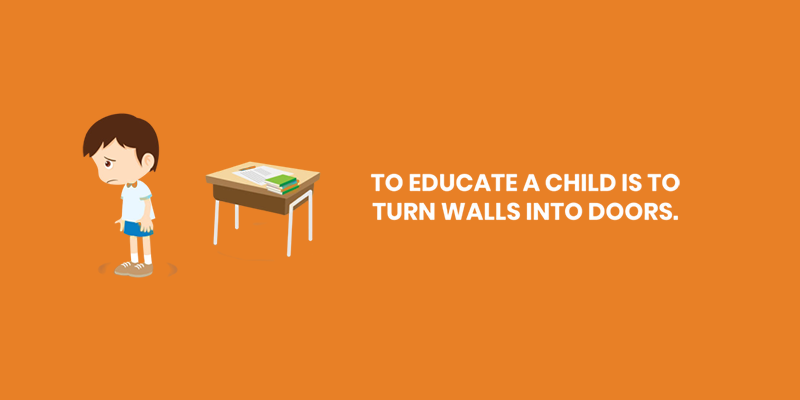
In order to escape from poverty, earn livelihoods or make extra income many children in India for sake of their education and schooling. A large percentage of children never even attend school and if they do, they dropout or leave school early to work elsewhere. Due to these reasons, the literacy rate remains low and leaves many children vulnerable to social and economic exploitation.
In India, child marriage has been practiced since ancient times where young children and teenagers are married off much before their physical and mental maturity. There are many reasons -economic necessity, male protection for their daughters, child bearing, or oppressive traditional values and norms. According to UNICEF, child marriage is defined as a marriage of a girl or boy before the age of 18 and informal unions in which children under the age of 18 live with a partner as if married.
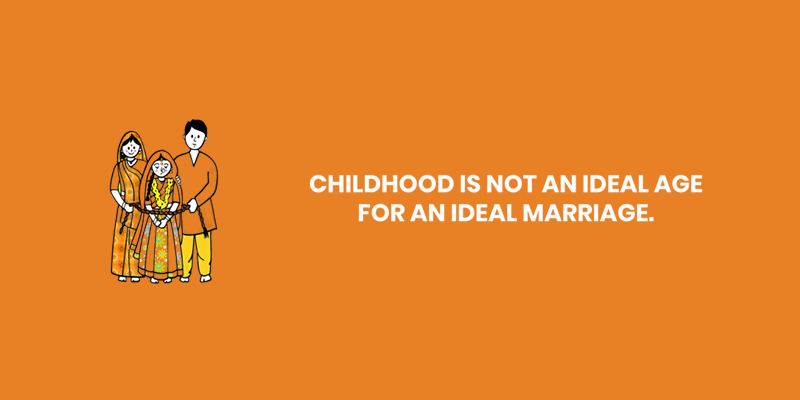
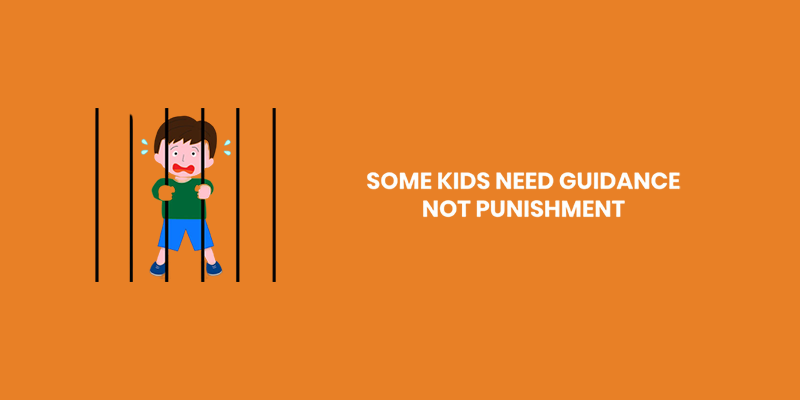
According to UNICEF, the term 'children in conflict with the law' refers any person below 18 years who has come in contact with the justice system for committing a crime or has been suspected of committing a crime - vagrancy, truancy, begging or alcohol use. But there are some who have committed serious offenses such as murder or sexual assault. In India, children in conflict with law are governed by the Juvenile Justice (Care and Protection of Children) Act, 2015 which replaced the earlier Juvenile Justice Act, 2015.
Children without homes are a major issue in India more so in urban cities and towns. Many such children can be found in railway stations, near temples and dargahs, in markets, under bridges, near bus depots and stops among other places. These children lack a stable home or a shelter and some of them have no family ties. They are easy victims of abuse and inhuman treatment, and are often engaged in petty theft or prostitution for economic survival.

 Get Involved
Get Involved

You could be a partner in transforming lives and ushering social change in many underserved areas in India.
Donate Now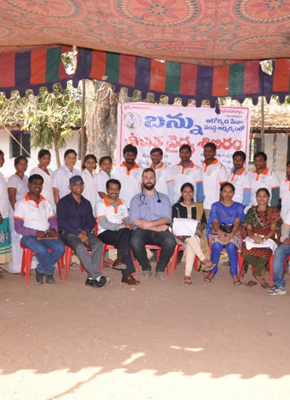
Both Bannu Hospital and School have opened their doors for students seeking internships in an underserved setting.
Become Now
Both Bannu Hospital and School have opened their doors for students seeking internships in an underserved setting.
Read More
To receive the latest news on Bannu Organization and its activities, we request your consent.
Join Here